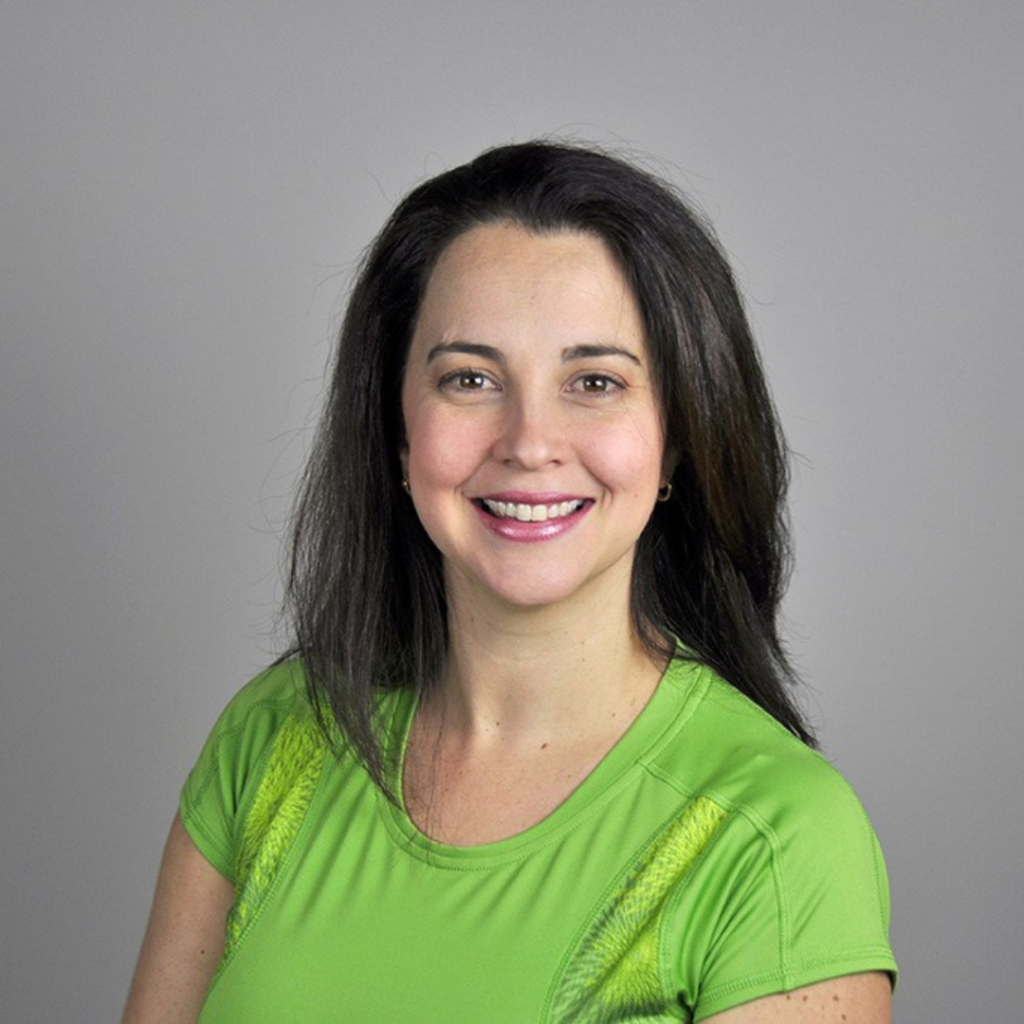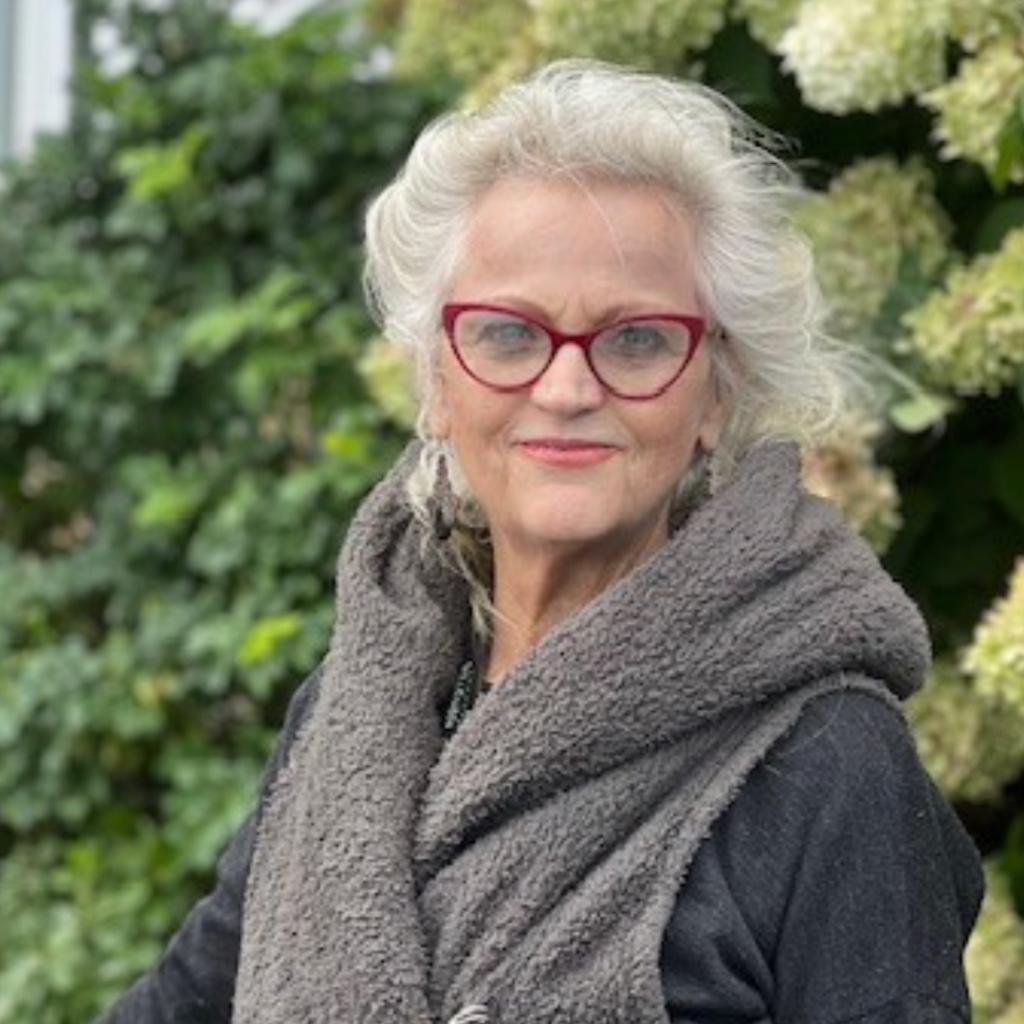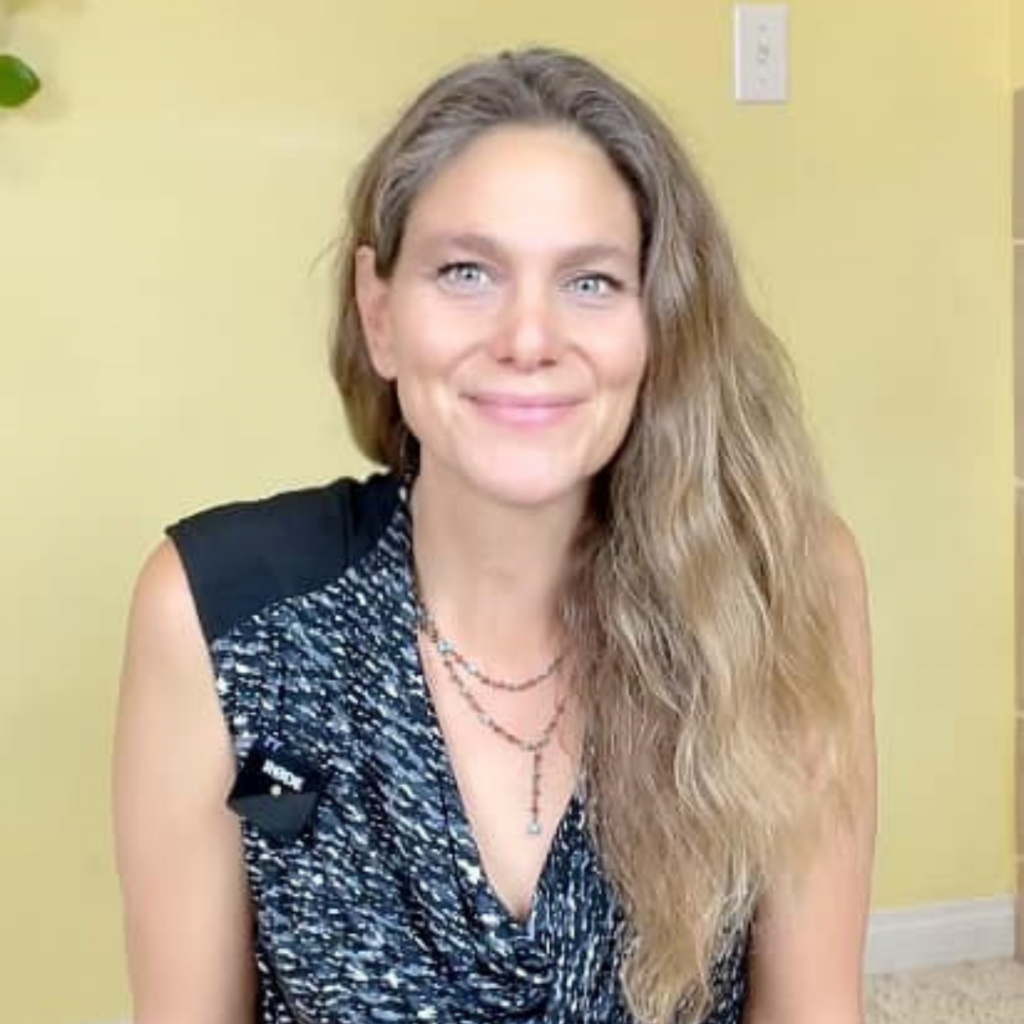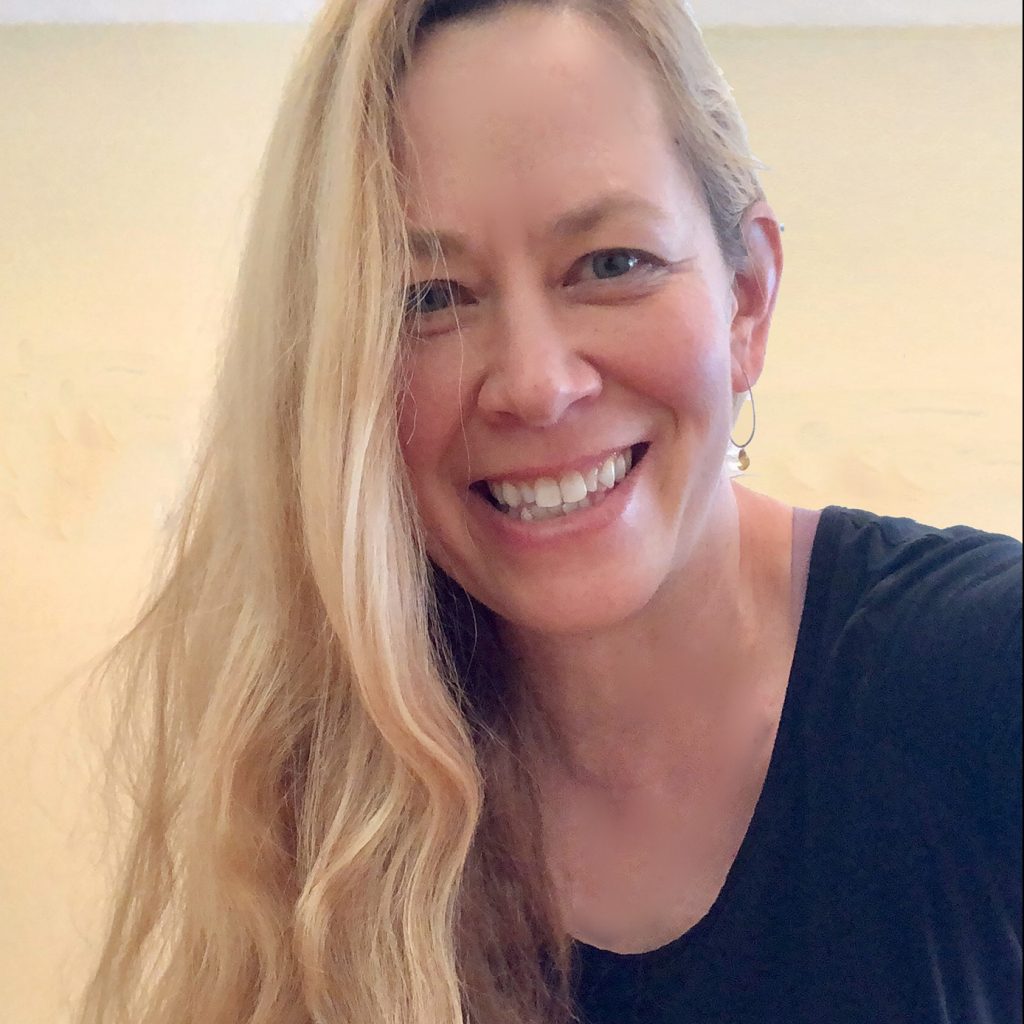Before and after biotensegrity: A story of a hip assessment and infinite possibilities
In 2008, a pivotal moment reshaped my approach to pediatric physiotherapy. Since the age of 13, my passion had been to assist children with cerebral palsy (CP). I became a pediatric physiotherapist, equipped with the “right” methods, initially confident in my abilities. As my young patients transitioned into teenagers, their complex conditions yielded unsatisfactory progress,…
Monthly Member Webinar – Thursday 16th November 2023
Monthly Member Webinar As one of our membership benefits, we are delighted to run a complimentary, monthly members’ webinar to explore a different element of fascia. See the details below for this month’s instalment. Practical details Date: Thursday 16th November Time: 19.00 UK time. Check your timezone here Presenter: Gus de la Querra Title: Polyvagal…
Listen to Your Fascia: Unwinding the Body as a Resonant Wave
by Elizabeth Dare-Andes There is a wonderful (and long out of print) children’s book about Lake Titicaca called Lakes are Holding Places for Water. I’ve always loved this image of being a holding place and a home for life’s waters. Thought to be over a million years old, Titicaca is an ancient lake. I like…
Monthly Member Webinar – Thursday 19 October 2023
Monthly Member Webinar As one of our membership benefits, we are delighted to run a complimentary, monthly members’ webinar to explore a different element of fascia. See the details below for this month’s instalment. Practical details Date: Thursday 19th October Time: 19.00 UK time. Check your timezone here Presenter: James Earls and Jan Trewartha Title:…
“Dem bones, dem bones, dem dry bones……”
“Dem bones, dem bones, dem dry bones….” as the song goes.[1] The skeleton is traditionally thought of as connected bones surrounded by the periosteum and activated by muscles. But are bones really the passive, dessicated, rigid structures we have in the past considered them to be? We are now starting to understand otherwise, and the…
Monthly Member Webinar – 21 September 2023
Monthly Member Webinar As one of our membership benefits, we are delighted to run a complimentary, monthly members’ webinar to explore a different element of fascia. See the details below for this month’s instalment. Practical details Date: Thursday 21 September Time: 19.00 UK time. Check your timezone here Presenter: Yasmin Lambat Title: Fascial Unwinding –…
Somatic mindfulness and the breath
Have you ever watched a baby move and play, content and exploring their world? If you observe their fingers and toes curl and reach, the look of fascination on their faces, it’s clear that being inside a body is meant to be pleasurable. So, where does that embodied pleasure go as we grow up? As…
Monthly Member Webinar – 23 August 2023
Monthly Member Webinar As one of our membership benefits, we are delighted to run a complimentary, monthly members’ webinar to explore a different element of fascia. See the details below for this month’s instalment. Practical details Date: Wednesday 23 August Time: 19.00 UK time. Check your timezone here Presenter: Sharon Wheeler and Wojciech Cackowski Title:…
The Shape of Things: Form in Fascia and Space
“Life shapes us and we shape it as well. Fascia, a biological organizing matrix, may be having its moment because it is a reflection of the larger discussions in the world today. Isolating anything, whether it be anatomical structures, elements of architecture, or social groups, changes its meaning and context. Environment is both the medium…
Monthly Member Webinar – 20 July 2023
Monthly Member Webinar As one of our membership benefits, we are delighted to run a monthly members’ webinar to explore a different element of fascia. See the details below for this month’s instalment. Practical details Date: Thursday 20th July Time: 19.00 UK time. Check your timezone here Presenter: Christine Wushke Title:Breathing and Beyond: Harnessing the…










